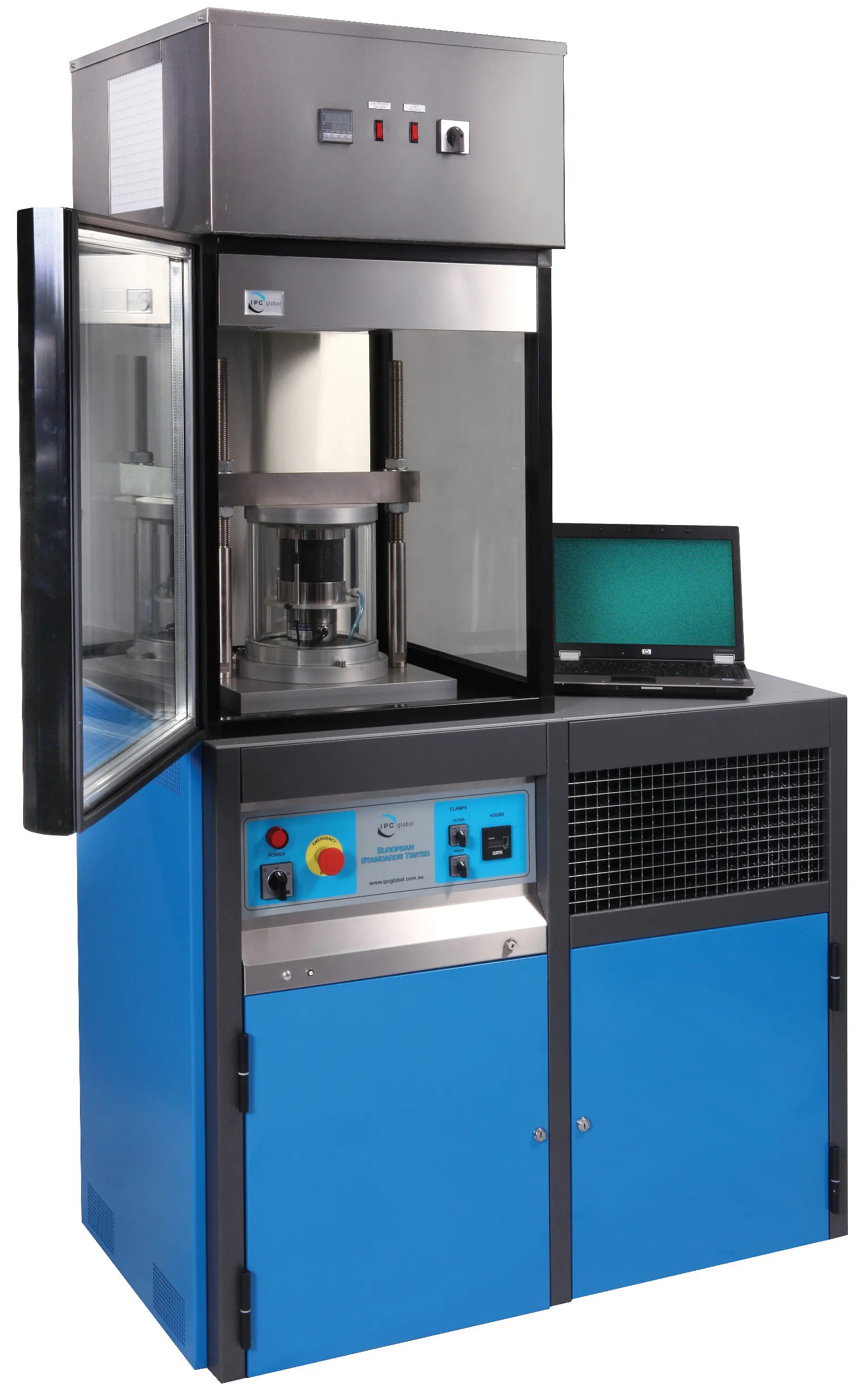
Sustainability was explicit or implicit in many presentations during EAPA’s biennial symposium for the paving supply chain. The industry feels that sustainability is its home territory, thanks to an already good – and getting even better - record of recycling of materials.
But do buyers and users of roads realise that the design and contracting sector pays so much heed to sustainability? The answer is that they likely don’t.
The way to correct this image problem is to improve communications, noted Katrina Sichel, the event’s moderator as well as a presenter. Brussels-based Sichel has a background in TV production and campaigning and has advised European Union institutions on communicating across a wide range of policy areas.
Sichel’s assertive “take no prisoners” moderating style – which included exhorting audience members to tweet throughout the event – went down well with delegates and ensured they joined in when it came to her own communications presentation (see box).
Delegates from more than 100 participants from 17 countries represented equipment manufacturers, bitumen producers, asphalt suppliers, paving contractors, local and national roads authorities and the research and academic community.
Keynote speaker was Harald Versteeg, manager for new revenue models at Rijkswaterstaat, the Netherlands ministry of infrastructure and the environment. His presentation explained how the ministry has adopted “green” procurement for all its water and road projects, as has the Dutch rail sector.
All decisions are based on lifecycle costing and the total cost of ownership. Tenders are evaluated on the basis of their sustainability using two objective comparison tools: the CO2 performance ladder and DuboCalc.
The CO2 performance ladder is a self-certification system that allows bidders to present their plans to reduce CO2 emissions during the project. DuboCalc is a software tool used to calculate the environmental impact of material and energy use. A bidder’s scores on these two measures will result in a hypothetical discount that makes their price more competitive.
“We are willing to pay more for the best quality, so we offer money for lower environmental cost,” said Versteeg. In the end this means the market is driving environmental innovation. “If we are willing to reward extra quality, then companies that don’t get the quality don’t get the jobs.
“If we put some money in the project for quality, that does stimulate innovation,” he adds. “If [providers] are able to make a product that increases quality, they should increase their margins. It’s better for companies to compete on quality rather than everyone making the same product and competing on price.”
However, Versteeg accepts there is a balance between innovation and proven technology. As a client Rijkswaterstaat doesn’t want to take too many risks and would rather see proven technologies. But, in order to reduce environmental cost, Versteeg acknowledges that there should be some incentive for companies to innovate, especially when it comes to operational projects.
The paving sector is, in fact, fertile ground for new technologies, as Sergei Miller, research leader in the University of Twente’s faculty of engineering technology, demonstrated in his presentation. Even so, he is concerned that some parts of the asphalt paving sector are being left behind.
“One of the dangers of our current world is that we see each of these bits of the asphalt supply chain as compartmentalised individual activities, rather than treating them as a cycle,” he says. “In some of these activities, we see the application of science, but you can see that science is not being applied fully in two areas of the supply chain.
“When it comes to construction, we just tell the contractor that ‘here’s the mix design’ and we tell the crew to ‘do your best’. This needs to change,” he said. “There is also a quasi-scientific approach to quality control which is done by taking a few random core samples. Science needs to be incorporated into the whole paving cycle.”
Nonetheless, Miller said that the industry is moving in the right direction. “There are companies and road authorities that are thinking differently about the asphalt supply chain and we’re seeing the implementation of research from 20 or 30 years ago.”
Examples include initiatives to reduce emissions in asphalt plants. There are also developments in asphalt transportation, such as insulated trucks becoming standard in Germany and the Netherlands, as well as a focus on more effective planning and just-in-time delivery. Increasingly, the industry has a greater understanding about the importance of asphalt temperature.
“If you’re looking at quality, then temperature homogeneity/temperature segregation is where you’re going to make your gains,” said Miller. “What we see now is the inclusion of devices that show temperature homogeneity. We can use this data and georeference it to know exactly where lies some of our problem areas.
Data analytics and the development of integrated systems to control construction site activities is another area that could boost quality and productivity, according to Miller.
But he did have a word of caution: “One of the things I’m concerned about with the expansion of technology is that operators’ skills are being left behind. We must make sure human capital is always considered. We need a bottom-up approach to innovative technology adoption in order to take the operators with us.
“If we successfully sort that out, we can have a science-based approach to the entire asphalt supply chain.”








